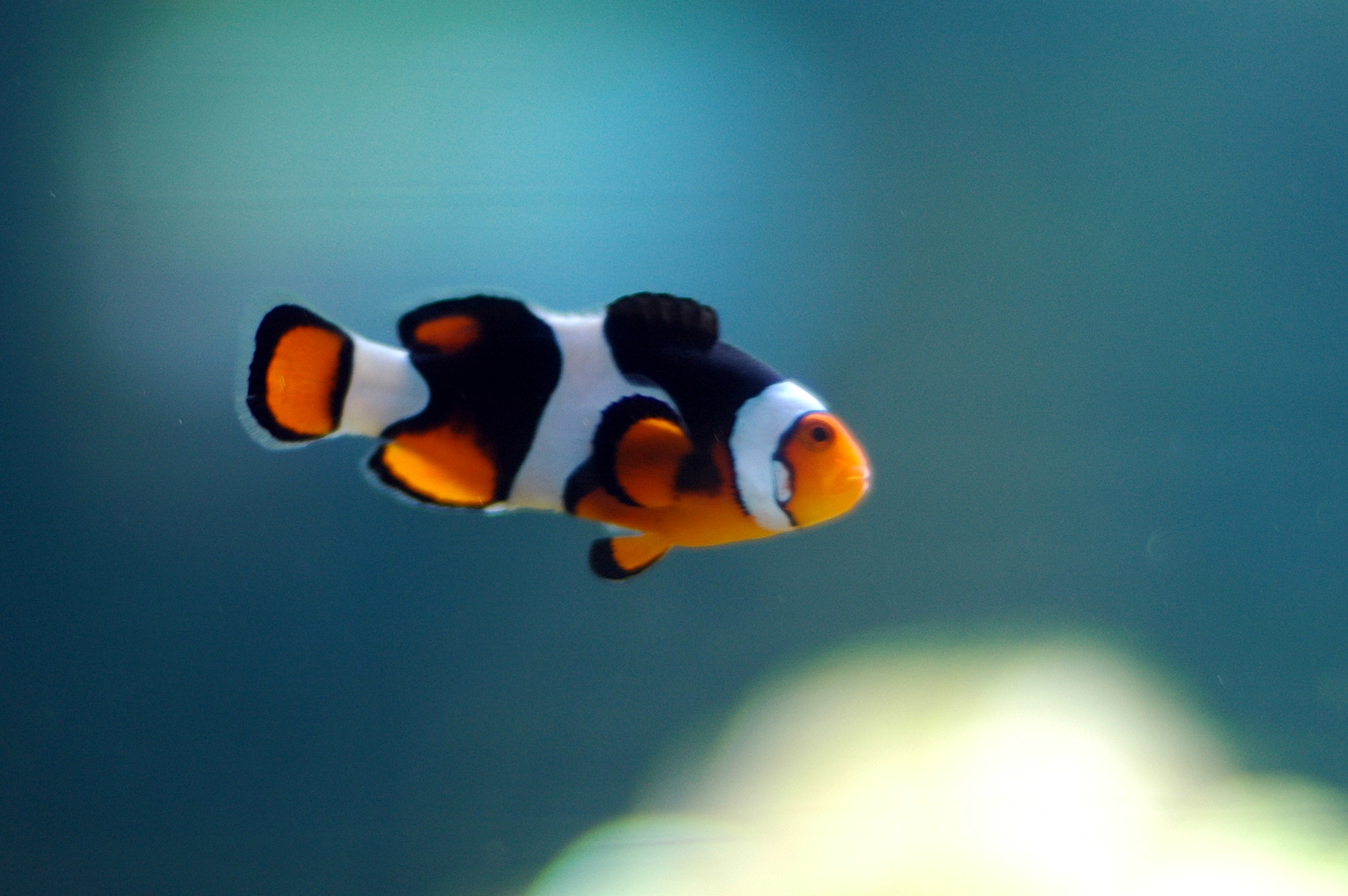Meal Time
When it comes to meal time Conus magus is an extremely picky eater. Like all other species in the genus Conus, the Magician's Cone Snail is carnivorous, or a meat eater. More specifically it is piscivorous, meaning it eats only fish; not just any fish, it sticks to a few certain species.
Below image provided by © 2011 Guido & Philippe Poppe - www.poppe-images.com.
Once the process of capturing the prey and ingesting it into
its mouth is accomplished, digestion happens in the same manner
as the rest of the species within the class of Gastropoda. All
snails have a complete digestive system, therefore, the ingested
fish travels to the stomach, where it is digested, then through
the intestines, where nutrients are absorbed, and finally exits
through the anus located at the anterior, or head, region of the
snail, above the mouth. Not only do cone snail's have a complete digestive system, they
also have a circulatory system that transports oxygen and other
items throughout its body. In these snails the circulatory system is
open, meaning that the blood vessels carrying the transport fluid,
hemolymph, open up into cavities at certain places throughout the
system. In these openings the hemolymph mixes with water, taken up
through the gills. The hemolymph dumps carbon dioxide waste product
here and picks up oxygen to be carried throughout the rest of the
body. With this type of system there is very low pressure within the
vessels which creates a slow circulation of hemolyphe. This is an
important factor in why snails are typically extremely slow moving. The proboscis and venom-filled harpoon are not only helpful in
capturing prey but also as a medicinal use. To learn more about its
use as a pain reliever go to Dr. Conus magus.
Return Home.  With
its average speed of 0.43 millimeters per second the cone snail
has had to develop a way of hunting prey that allows it to catch
fast moving fish. The Magician's Cone Snail hunts in a
"hook-and-line" method with the help of its modified radula, the
proboscis. In this way of capturing prey the snail begins with
searching the surrounding waters with its siphon, an organ
similar to a nose that intakes water and directs it over its
gills to help with respiration. As soon as prey is detected the
long tube shaped proboscis is extended. Within the proboscis is
a harpoon-like structure that contains venom. As soon as the
proboscis comes in contact with a fish, the harpoon, that has
become coated with venom, is released into the prey. The mixture
of conotoxins in the venom causes the prey to quickly jerk for a
few seconds but then become completely stiff and immobile. The
snail can then slowly retract the proboscis and pull the fish
into its mouth with no worry of being injured or losing its
prey.
With
its average speed of 0.43 millimeters per second the cone snail
has had to develop a way of hunting prey that allows it to catch
fast moving fish. The Magician's Cone Snail hunts in a
"hook-and-line" method with the help of its modified radula, the
proboscis. In this way of capturing prey the snail begins with
searching the surrounding waters with its siphon, an organ
similar to a nose that intakes water and directs it over its
gills to help with respiration. As soon as prey is detected the
long tube shaped proboscis is extended. Within the proboscis is
a harpoon-like structure that contains venom. As soon as the
proboscis comes in contact with a fish, the harpoon, that has
become coated with venom, is released into the prey. The mixture
of conotoxins in the venom causes the prey to quickly jerk for a
few seconds but then become completely stiff and immobile. The
snail can then slowly retract the proboscis and pull the fish
into its mouth with no worry of being injured or losing its
prey.
Created by Kayla Haas, BIO 203 To Check out other organism websites visit University of Wisconsin-La Crosse www.multipleorganisms.net www.uwlax.edu
